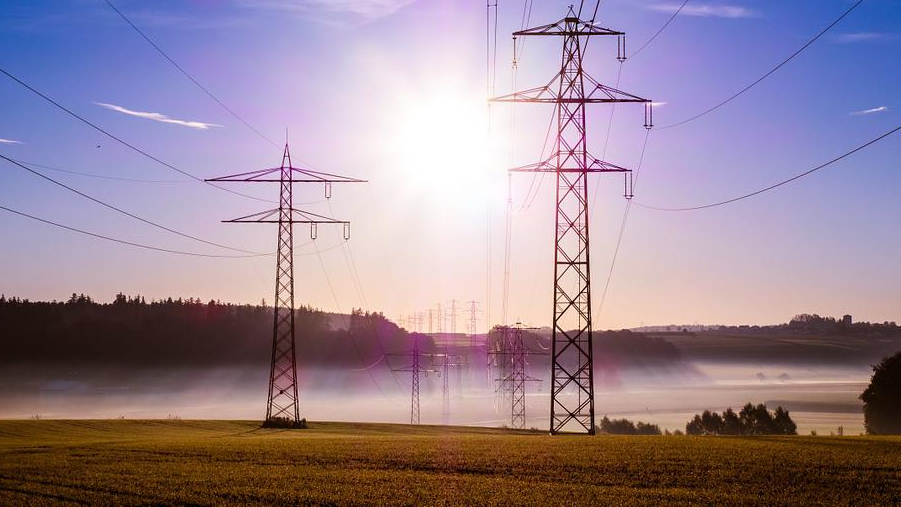Why The United States Is Pushing Harder Than Ever To Electrify Everything And Ban Natural Gas
Government officials are pushing to electrify everything on the belief that it will reduce carbon emissions and lower overall energy costs in the long term.
This article is more than 2 years old

You have most likely heard the news that many politicians and agencies are pushing to get rid of gas stoves. While the focus is stoves, it is part of a broader “electrify everything” movement sweeping the nation. And now, with at least parts of the federal government backing the effort, it may start to gain more traction.
The Building Decarbonization Coalition is a non-profit organization started in 2018 and focused on removing fossil fuels from every building in America. It had a significant win in 2019 when Berkeley, California, passed a law banning new construction from hooking up to gas lines. Beginning that year, homebuilders could only install electric stoves, heat pumps, and dryers.
It was the first major step toward a future in which we electrify everything. Proponents of the electrify everything movement believe it is a vital step toward a more sustainable future. One of their main focus points is that making the shift will reduce overall carbon emissions, which is good news.
And according to Grist, “A recent analysis by the clean energy think tank RMI found that new, all-electric buildings are less expensive to operate and generate lower emissions than buildings that use gas in at least nine U.S. cities.” Despite that, not everything is jumping on the “electrify everything” bandwagon. For example, The American Gas Association strongly advocates against the push to remove gas.
The organization claims that the natural gas industry can produce resources like clean hydrogen and renewable natural gas. It has also successfully lobbied politicians in over 20 states. As a result, those states now have laws on the books that prevent towns and cities from banning natural gas.
But proponents of “electrify everything” have always won support from local and state governments. “According to the coalition’s report, 98 municipalities and four states — California, Washington, Maryland, and Colorado — have adopted electrification policies.” The Building Decarbonization Coalition sees those steps as a major victory.
Its executive director, Panama Bartholomy, said, “We’ve officially moved into the second phase of the movement.” Batholomy describes stage two as an opportunity to get it right before moving on to the next and final stage. The third “electrify everything” stage involves broader adoption.
But some areas of the country are already pushing toward that third goal. However, they face a sizable roadblock. At least 70 million homes nationwide use some form of gas.
That reality led California to enact a new law in 2022. By 2030, natural gas heating systems will get officially banned in the state. So in the following years, any homeowner that needs to replace their gas furnace will be forced to install an electric heat pump.
New York is also making news after expressing interest in following in California’s footsteps on its own “electrify everything” journey. However, Bartholomy has a broader vision. And that is to have the federal government enact sweeping measures.
The coalition “argues for a nationwide phase-out of gas appliances, similar to the one California has adopted, to give the industry a clear timeline. ‘This gives the market — everything from the manufacturers, to the distributors to the installers — clarity,’ said Bartholomy, ‘so that they can then start to make plans on how to change their business.'”



